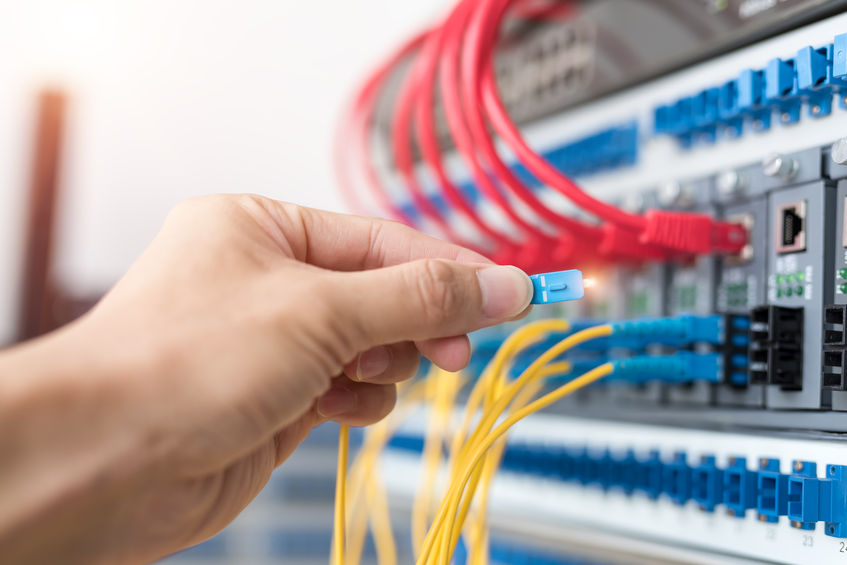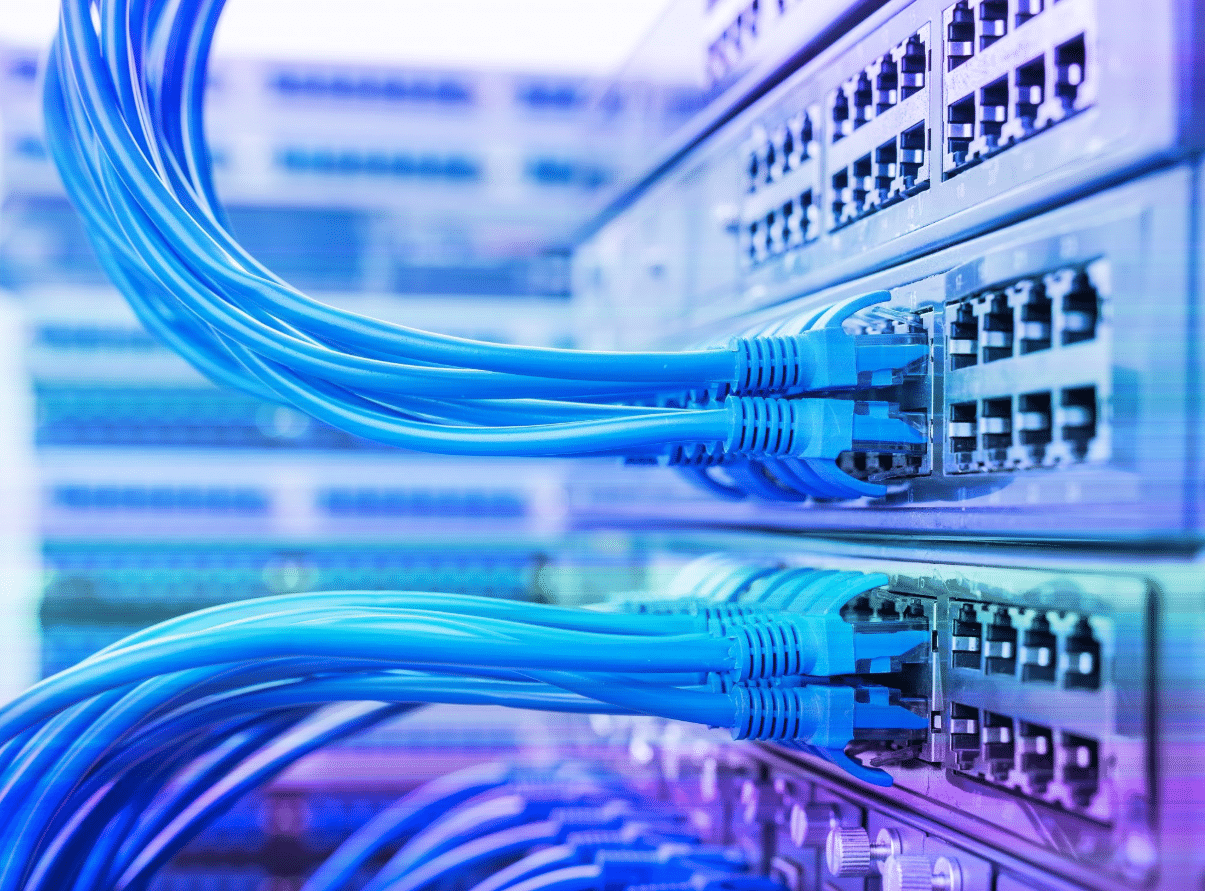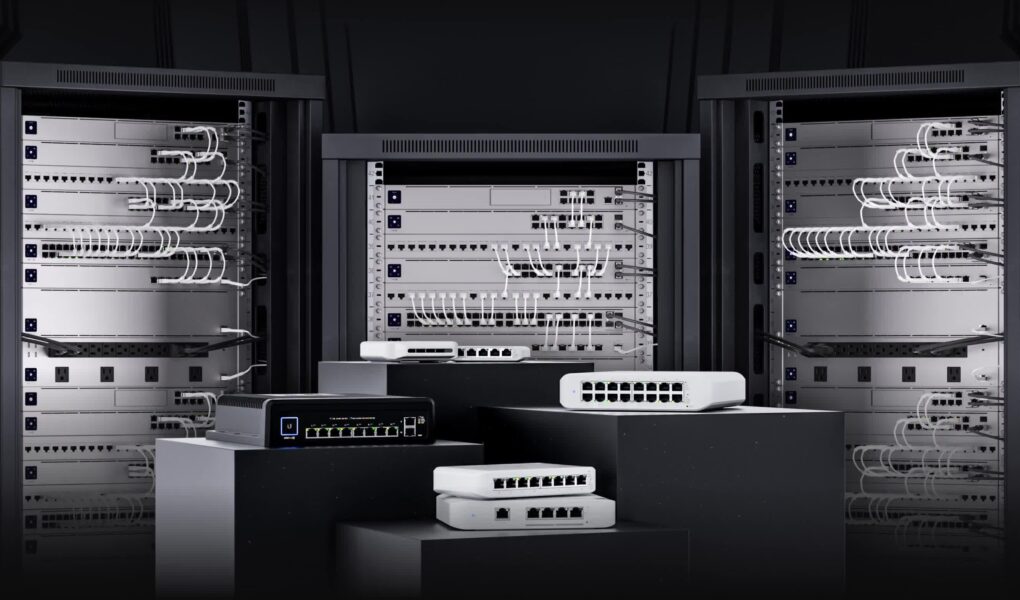Network switches are an essential component of any modern network. They enable computers, phones and other devices to communicate with each other securely and quickly. In this article, we will explore the different types of network switches available today and how they can be used in various applications.
We’ll discuss why a particular type might be more suitable than another for specific tasks such as routing data or providing access to resources from remote locations. Finally, well look at how these versatile tools can help improve the performance of networks while ensuring their security. So lets dive into what makes network switches so important and explore all the possibilities they offer!
Introduction
Network switches are a vital part of modern computing and networking. They provide the ability to route data between different networks, allowing workplaces to communicate and stay connected. In this article, well be exploring the various types of network switches available and how they can be applied in different situations. Well look at their features, benefits, drawbacks, and more so that you can make an informed decision when choosing the right switch for your needs.
Types of Network Switches
Network switches are an integral part of any network, playing a vital role in the functioning and performance of the system. Switches come in different types, each suited for different use cases. Broadly speaking, they can be divided into two categories: managed and unmanaged switches. Managed switches are those that offer more control over their operation through a graphical user interface or command line interface. They allow users to configure settings such as port speed, port mirroring and link aggregation for increased bandwidth as well as setting up security protocols like access control lists (ACLs).
These features make them ideal for enterprise networks where high levels of traffic need to be managed efficiently. In addition to this, managed switches usually also have the ability to monitor network usage and detect malicious activity or errors on the network which helps maintain its security and reliability. On the other hand, unmanaged switches are basic devices that simply forward data packets without having any additional configuration options available to users. This makes them suitable for home or small office networks where there is no need for advanced configuration capabilities or monitoring tools since these environments typically only require minimal management requirements due to their smaller scale size compared with larger corporate networks.
Unmanaged switches typically lack support for complex functions like Quality-of-Service (QoS) routing but they do provide advantages such as low cost and ease of setup when compared with managed models due to their simpler design structure – making them attractive solutions for people who don’t want the hassle associated with configuring a switch manually every time there is a change required within the network infrastructure.
Understanding the Benefits of Different Switch Designs

When it comes to selecting the right network switch for a particular application, understanding the benefits of different designs is essential. Depending on the type of network switch, features such as port speed, data throughput and power consumption can vary greatly. Additionally, some switches are specialized for use in specific areas such as industrial automation or VoIP telephony systems. In order to make an informed decision when purchasing a new switch, users need to be aware of the advantages each design has over others.
For example, switches with higher port speeds tend to have better performance when handling high-traffic networks since they can transfer more data at once without becoming overloaded. On the other hand, those designed specifically for industrial applications may have lower speeds but offer additional features like redundancy and error correction that are ideal for critical operations where reliability and uptime are paramount concerns. Similarly, some models feature extra ports which can come in handy if you require multiple connections from one device or need to expand the capacity of your system in future expansions.
Finally, certain types of switches offer energy savings compared to traditional designs by using advanced technologies such as reduced voltage operation (RVO) or low-power sleep states during idle periods thus reducing overall power consumption while still maintaining peak performance levels when needed most. Understanding how these various features impact their desirability is key when exploring different types of network switches and their applications so that you select the best option according your individual requirements and budget constraints
Applications and Uses of Network Switches

Network switches are a crucial component of any functioning computer network, and they have many different applications and uses. They can be used to connect multiple computers together, creating a Local Area Network (LAN). This allows users within the LAN to access shared resources such as printers or files. Switches can also be used to extend the range of wireless networks by connecting them from one building or room to another.
In addition, switches are often used in larger corporate networks with hundreds of workstations connected together over long distances. By using several interconnected switches, data packets can travel quickly between multiple locations without getting slowed down by traffic congestion. Furthermore, switches play an important role when it comes to providing secure connections for online activities such as web browsing and file sharing. They ensure that all data is encrypted before being transmitted across the internet so that it cannot be intercepted by malicious third parties.
Finally, network switches can even provide power over Ethernet (PoE) capabilities so that devices such as phones or cameras do not require separate power sources but instead receive their energy directly from the switch itself. All these various applications demonstrate how versatile and essential network switches truly are when it comes to constructing efficient computer networks today!




